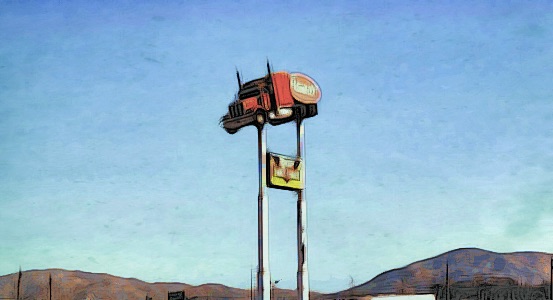
Transportation Fluctuations
June 12, 2018
Truck Orders, Parking Spots
June 26, 2018Getting from Idle to Optimized.

Not just idle time.
With the current (healthy) chaos in the transportation industry—given, among other things, there’s demand outpacing supply and spiking fuel prices—we take a look at how carriers can optimize their on-the-road scenarios.
When trying to get from point A to point B, some idling is unavoidable. You’re stuck in a traffic jam. You exit from a free-flowing highway toward an urban delivery and encounter a slowdown, filled with red lights on city streets. Yes, idling happens.
About half of the States—and certain cities—have No Idle laws, where you are subject to fines that range from $1 (St. Louis, MO) to $25,000 (Sacramento, CA) per incident. On top of that, each city and state with such laws have different time limits, ranging from three to ten before you’re subject to a possible fine.
On average, an idling truck consumes some 1,400 gallons of fuel a year. At current diesel prices, that’s more than $4,000 a year.
Some practical approaches include:
A Battery system. These aftermarket installation kits are readily available, have a decent price point, and are designed to power and maintain temperature control and appliances in your cab. Added bonus: they recharge while you drive the next stretch of road.
Auxiliary power. While these are diesel-powered, they can save you some 75 percent on fuel cost, as they’re isolated devices that are not connected into your truck’s entire system. These may seem pricey at first glance, though they should more than pay for themselves over a short period of time.
The rest stop. We know that an engine needs time to warm up—and warm up or cool down your cab depending on the temperature outside. Keep in mind that an engine and its coolant will stay warm for about an hour after your stop to eat or rest, allowing you to start back up and drive away, adjusting the heater or air conditioner along the way.
The load and offload. Same scenario as the rest stop. The engine coolant will remain at a temperature within range. Provided that your 3PL has secured the right arrangements and timing for the load and offload of your delivery, you have a comfortable hour to avoid idling, which saves you money.
The better approach? Avoid idling. It will help you conserve both fuel in your tank and emissions into the environment.

